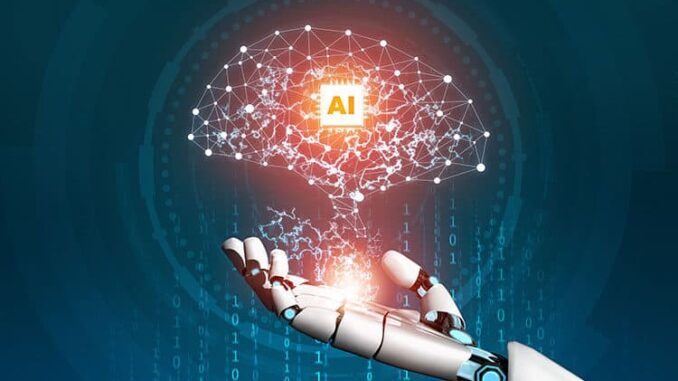
Public confidence and acceptance of AI technology are influenced by several factors, including familiarity, perceived benefits, ethical considerations, and concerns about privacy, security, and job displacement.
Here are some key points that contribute to the discourse surrounding public perception of AI:


















### Factors Affecting Public Confidence and Acceptance
1. **Understanding and Familiarity:**
– Increased public understanding of AI technologies can lead to greater acceptance. Educational initiatives that clarify what AI is and how it works can demystify the technology and alleviate fears.
– However, misconceptions and lack of knowledge can lead to skepticism and mistrust.
2. **Transparency and Trust:**
– Transparency in how AI systems operate, make decisions, and are developed can build trust. Clear communication about AI capabilities and limitations is vital.
– Users are more likely to accept AI when they feel that the decision-making process of these systems is understandable and justifiable.
3. **Benefits and Utility:**
– Demonstrating the tangible benefits of AI in everyday life—such as improved healthcare, enhanced productivity, and personalized experiences—can foster acceptance.
– The potential for AI to solve pressing global challenges (like climate change and healthcare access) can also encourage public support.
4. **Ethical and Social Implications:**
– Issues related to bias, fairness, accountability, and the ethical use of AI significantly affect public perception. Concerns about discrimination or unfair treatment based on biased algorithms can lead to public pushback.
– The involvement of diverse stakeholders in AI development can help mitigate some of these concerns.
5. **Privacy and Security:**
– As AI systems often rely on large datasets, worries about data privacy and security can significantly impact public confidence. High-profile data breaches or misuse of personal information can exacerbate fears.
– Clarity around data usage, storage, and protection is essential to building trust.
6. **Job Displacement Concerns:**
– Fears regarding job loss due to automation and AI integration can lead to resistance. Public discussions about reskilling and job creation in tandem with AI development are necessary to address these concerns.
– Highlighting the potential of AI to create new job opportunities can help mitigate fears.
7. **Regulation and Governance:**
– Clear regulatory frameworks and governance structures for AI development and deployment can enhance public confidence. Effective regulation can help ensure that AI technologies are developed and used responsibly.
– Public engagement in policy-making related to AI can improve acceptance, as it allows citizens to voice their concerns and contribute to shaping the future of the technology.
### Trends and Insights
1. **Mixed Feelings:**
– Surveys and studies often reveal a mix of optimism and concern regarding AI. While many appreciate its potential, they also express fears about its implications.
2. **Generational Differences:**
– Younger generations tend to be more open to technology, including AI, compared to older demographics, who might exhibit more skepticism.
3. **Cultural Differences:**
– Acceptance of AI can vary significantly across different cultures and regions, influenced by societal values, levels of technological adoption, and historical experiences with technology.
### Promoting Positive Perceptions
To enhance public confidence and acceptance of AI technologies, stakeholders can consider:
– **Public Education Campaigns:** Increasing awareness and understanding of AI’s role and impact.
– **Community Engagement:** Involving the public in discussions about AI policies and practices.
– **Ethical AI Practices:** Prioritizing ethical considerations in AI development to build trust.
– **Highlighting Success Stories:** Showcasing successful AI applications that have positively impacted society.
Ultimately, fostering public confidence in AI technologies will require a collaborative approach involving developers, policymakers, and the community to address concerns while maximizing the benefits of AI innovations.

Leave a Reply